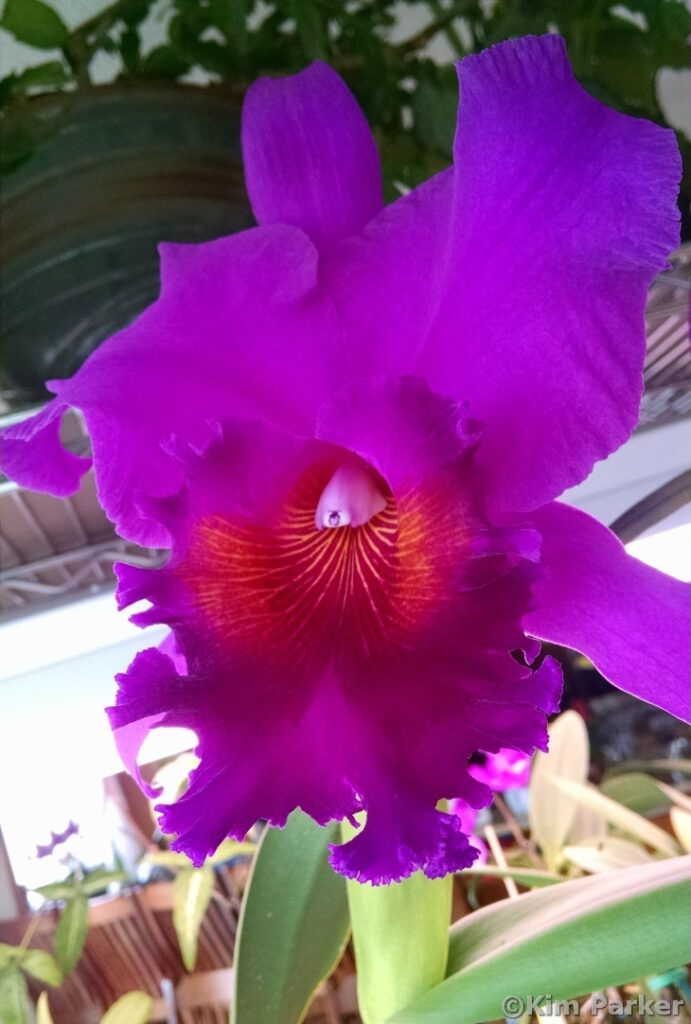Christmas Cactus Care Recommendations
- Catherine Wissner
- Dec 16, 2023
- 2 min read
Updated: Apr 8, 2024
So, you brought home a Christmas Cactus, and it didn't have care instructions...

Christmas cactus (Schlumbergera sp.) despite the common name they actually aren’t and need more water than you think. Not a true cactus, but they are a succulent, native to tropical rainforests, where they soak up the high humidity, filtered sunlight, and warm temperatures. I have several large Christmas cacti in my house, their favorite location is the east window. The location is cool, around 65 to 70 degrees and no drafts. They are near the bathroom, so they get extra humidity. My oldest, I inherited from my mother, who received it back in 1983. It starts to bloom early November and goes well into December.
They like their soil to be evenly moist, I check the top third of the soil and water accordingly. Typically, if they dry out and stay dry, they will drop flower buds, remember they are a tropical plant.
When you bring one home, give it a good drink of water. Let the water drain out, keep it out of drafts or excess heat.
Feed with a low nitrogen house plant fertilizer from August through February. Nitrogen should be no more than 5%. Too much may cause rapid growth and few flowers. The second number, Phosphorus, and the third number, Potassium, should be 10% or less. Phosphorus helps the plant flower. You can find out what your house plant fertilizer has on the label.
There are three different types of Christmas cactus. The most common one sold is the Thanksgiving cactus. This one blooms the earliest and continues to bloom for a couple months. Christmas cactus will start blooming early winter and go through January, their leaves are slightly different. There is also an Easter cactus, which blooms late winter into early spring.
Author: Catherine Wissner, Retired University of Wyoming Laramie County Extension Horticulturist and Laramie County Master Gardener



